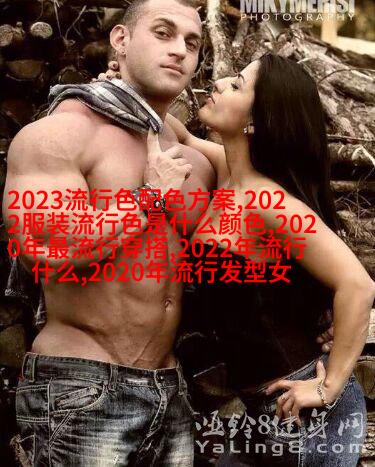The Golden Age of Cinema: A Look Back at Iconic Retro English Films

Introduction
In the world of cinema, there exists a bygone era that captivates audiences with its unique charm and timeless appeal. This era is often referred to as the "Golden Age" of cinema, where movies were crafted with meticulous care, rich storytelling, and memorable characters. The films from this period are not only iconic but also serve as a nostalgic reminder of simpler times gone by.

A Brief History
The term "Golden Age" refers to an era in which culture flourished, creating masterpieces that would be remembered for generations to come. In the context of English cinema, this period roughly spanned from the late 1940s to the early 1960s. During this time, filmmakers produced numerous classic films that have since become synonymous with Hollywood's heyday.

Iconic Filmmakers
One cannot discuss the Golden Age without mentioning some of its most influential filmmakers. Directors like Alfred Hitchcock and David Lean were instrumental in shaping British cinema during this era. Their works include classics such as "Psycho," "Lawrence of Arabia," and "Doctor Zhivago." These directors' contributions not only showcased their mastery over storytelling but also helped establish British filmmaking on an international stage.

Acting Legends
The actors who emerged during this period left an indelible mark on film history. Marlon Brando's powerful performances in films like "A Streetcar Named Desire" (1951) revolutionized acting techniques while Elizabeth Taylor's beauty captured audiences worldwide through her roles in epic productions such as "Cleopatra." Other notable actors included Laurence Olivier ("Hamlet"), James Dean ("Rebel Without a Cause"), and Audrey Hepburn ("Roman Holiday").

Classic Genres
During the Golden Age, various genres dominated cinematic landscapes across England. One genre stands out among them - romantic comedies or 'rom-coms.' Classics like Cary Grant-starrer “His Girl Friday” (1940) set new standards for witty dialogue while another gem was Stanley Donen’s “Charade” (1963), showcasing Audrey Hepburn’s elegance amidst suspenseful intrigue.
Another popular genre was musicals - they added joyous melodies to otherwise serious storylines making them more appealing than ever before; examples include Fred Astaire’s dance spectaculars like “Top Hat” (1935) or Gene Kelly’s energetic ballet sequences in movies such as “Singin’ in the Rain” (1952).
Moreover, westerns gained immense popularity during this golden age with legends like John Wayne starring alongside other icons including Gregory Peck (“To Kill a Mockingbird,” 1962), Robert Redford (“Butch Cassidy & The Sundance Kid,” 1969), Clint Eastwood (“High Noon”), and Harrison Ford starring together in one unforgettable adventure after another – each bringing their unique brand of heroism onto screen sets.
Lastly we must mention crime thrillers which offered viewers captivating plots filled action-packed chase scenes or intricate mysteries; examples range from Orson Welles' groundbreaking masterpiece called 'Touch Of Evil' released back then until later years saw Michael Caine star within gritty dramas ('Get Carter,' 1971).
Conclusion
In conclusion, it is evident that English cinema experienced a renaissance during its Golden Era when innovative storytelling merged with artistic visionaries resulting into everlasting legacies for future generations to cherish long after these vintage pictures faded away behind us leaving behind memories etched deeply within our hearts forevermore – proving once again why they remain relevant even today!




